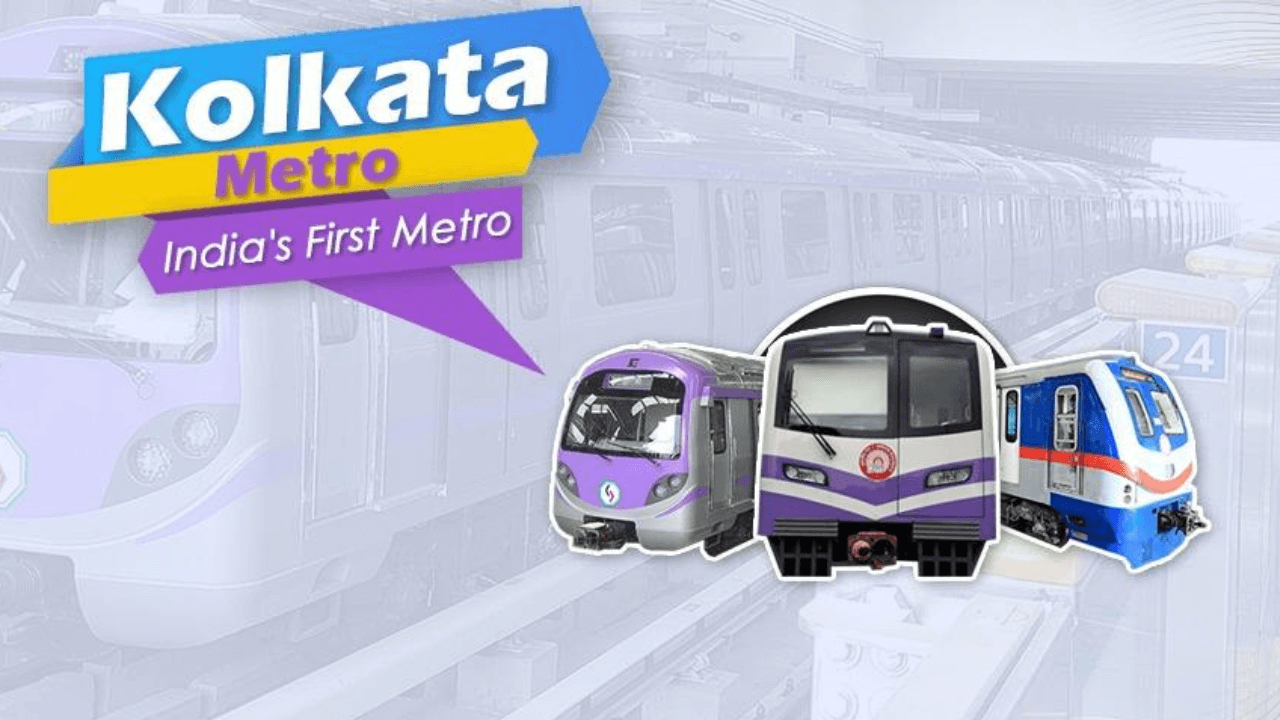Kolkata Metro Railway, which was inaugurated on October 24, 1984, as India’s first metro system, has played a vital role in connecting the city of Kolkata for almost four decades, serving as a crucial lifeline.
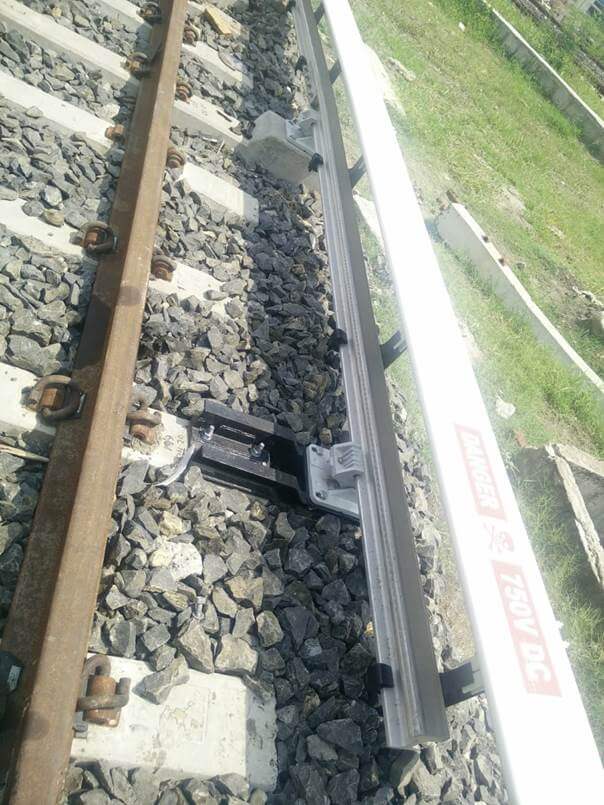
The metro system operates by supplying power to the metro train cars through a steel third rail, which provides 750V DC. The Third Rail Current Collector (TRCC), made of steel, is installed on the metro train cars to gather current from this third rail.
For the past 40 years, Kolkata Metro Railway has been utilizing steel third rail technology. However, as part of its ongoing development efforts, Kolkata Metro Railway has decided to adopt composite aluminium third rail technology for all its upcoming corridors under construction. Additionally, the railway plans to retrofit its existing corridors, which currently use steel third rails, with the new aluminium third rails.
Kolkata Metro Railway Plans
Metro Railway Kolkata has taken significant steps to upgrade its infrastructure by initiating the replacement of the existing steel third rail with the more advanced composite aluminium third rail technology.
- To facilitate this transition, the railway has issued a tender for the replacement work.
- The replacement process will be carried out in multiple phases to cover different sections of the metro line.
- In the first phase, the replacement work will be undertaken for the section between Dumdum and Shyambazar.
- Following this, the second phase will involve the replacement of the third rail between Shyambazar and Central, as well as J D Park to Tollygunge.
- Finally, in the third phase, the section from Mahanayak Uttam Kumar (Tollygunge) to Kavi Subhash (New Garia) will undergo the replacement process.
- In total, approximately 35 route kilometres of the main line’s steel third rail will be replaced in stages, marking a significant modernization effort for Kolkata’s metro infrastructure.
This transition will place Kolkata among a select group of international cities, including London, Moscow, Berlin, Munich, and Istanbul, that have also transitioned from steel to aluminium third rails in their metro systems.
Advantages of Composite Aluminium Third Rail Over Steel Third Rail
- Reduced Resistive Current Loss: The composite Aluminium Third Rail has significantly lower resistance compared to steel Third Rail. This leads to decreased resistive current losses, resulting in improved efficiency in power transmission.
- Enhanced Traction Voltage Level: The superior conductivity of the composite Aluminium Third Rail leads to higher traction voltage levels. This positively impacts train performance and overall operational efficiency.
- Savings in Traction Substations: Utilizing the Aluminium composite Third Rail for a 10 km corridor requires one less Traction Substation compared to steel Third Rail. This translates to direct savings of approximately ₹210 Crores in capital investment for a 35 km Metro corridor.
- Accelerated Train Acceleration: The reduced voltage drop associated with the Aluminium Third Rail contributes to quicker train acceleration. This improvement is achievable with the existing fleet of metro trains.
- Lower Maintenance Costs: The new rail material reduces maintenance expenses. The need for repainting the Third Rail every 5 years becomes unnecessary, and there’s a less frequent need to measure Third Rail dimensions. Moreover, the risk of damage due to rust is minimized.
- Enhanced Train Operations: The use of composite Aluminium Third Rail results in better train operation efficiency, ensuring smoother and more reliable journeys for passengers.
- Elevated Energy Efficiency and Environmental Impact: The shift to composite Aluminium Third Rail technology brings substantial energy savings and a reduction in carbon footprint. It’s estimated that around 6.7 million units of energy can be saved annually.
- Improved Train Frequency: Implementing the composite Aluminium Third Rail technology improves the interval between trains, enhancing the overall frequency and capacity of the metro system.
The adoption of composite aluminium third rail technology marks a major leap forward in Kolkata Metro Railway’s pursuit of efficiency, sustainability, and advanced infrastructure, resulting in improved service quality and reduced operational costs.
- Weekly Current Affairs 2025 PDF For Bank, SSC, UPSC Exams

- Unsung Heroes of India: 10 Unknown Freedom Fighters You Should Know

- 26 December Current Affairs 2023 in English
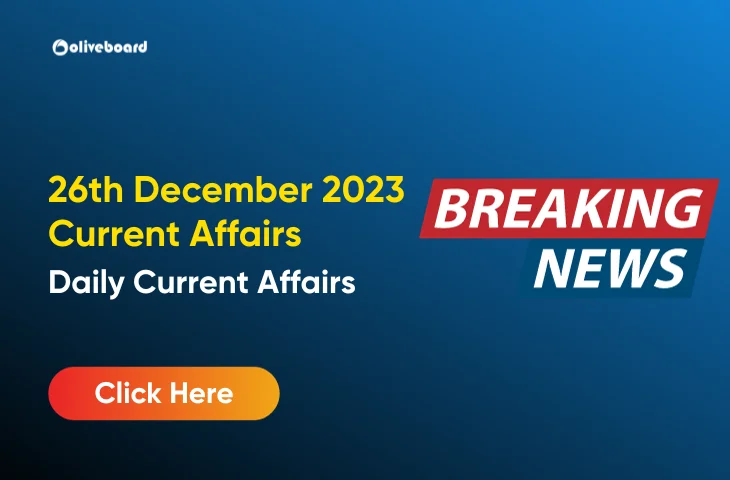
- Daily Current Affairs 2025, Check Today’s Current Affairs
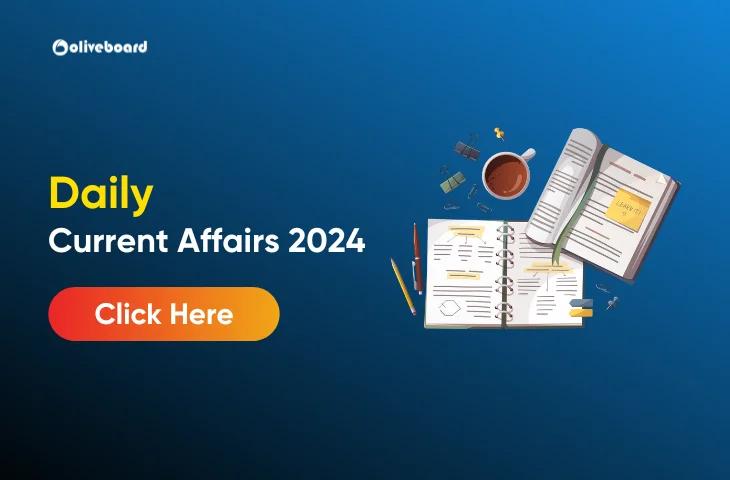
- April Month Current Affairs 2024, Download PDF
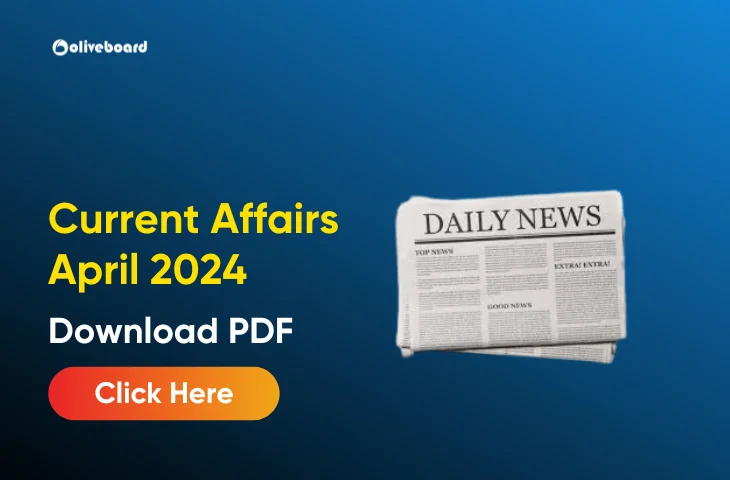
- June Month Current Affairs 2024, Download PDF
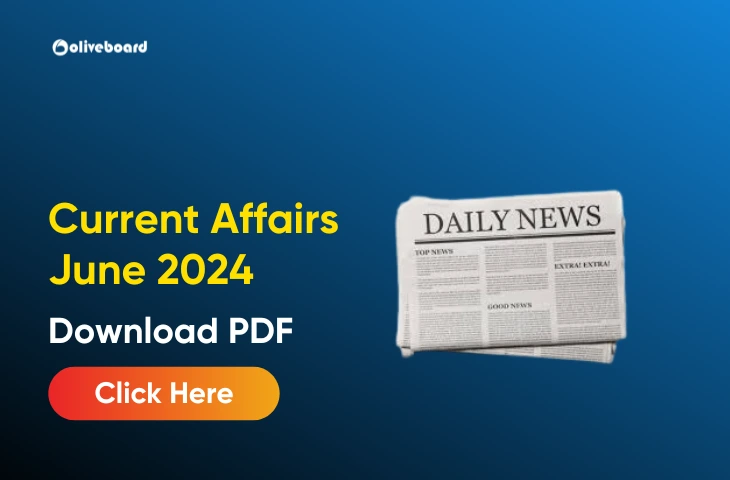

Hello, I’m Aditi, the creative mind behind the words at Oliveboard. As a content writer specializing in state-level exams, my mission is to unravel the complexities of exam information, ensuring aspiring candidates find clarity and confidence. Having walked the path of an aspirant myself, I bring a unique perspective to my work, crafting accessible content on Exam Notifications, Admit Cards, and Results.
At Oliveboard, I play a crucial role in empowering candidates throughout their exam journey. My dedication lies in making the seemingly daunting process not only understandable but also rewarding. Join me as I break down barriers in exam preparation, providing timely insights and valuable resources. Let’s navigate the path to success together, one well-informed step at a time.
